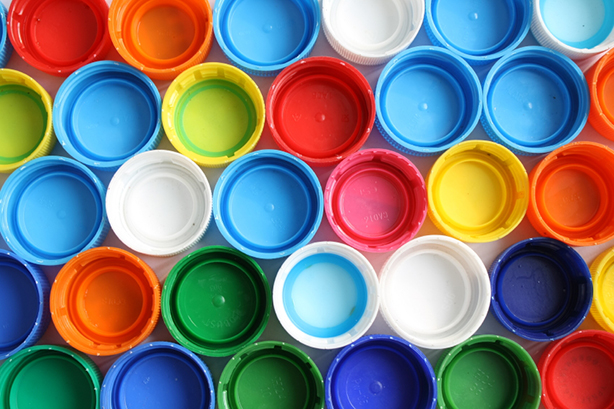Capping Machines for the Packaging Industry
While different cap types and sizes are seemingly unlimited, it will take a surprisingly low amount of capping machines to hide a majority of caps. Naturally, unique and rare container tops may need custom capping machinery. For many of us other caps, a little band of capping machines will “seal” the offer.
SPINDLE CAPPERS. Spindle capping machines are some of the hottest capping machine produced for that packaging industry. These cappers use teams of matched discs to spin caps down onto bottles or other containers since they go through the capping area on the conveyor system. Normally, three to four groups of discs will likely be employed to gradually tighten caps. Elevators or vibratory bowls assist these continuous capping machines by delivering caps to every individual bottle, leaving the operator with the machine to easily replace bulk caps as required. These capping machines are prepared for many screw type caps, including flat caps, sports caps, trigger sprayers and more. A variety of containers, including F-style containers (think of anti-freeze, a lengthy narrow container with a handle), can be are powered by the spindle capper and multiple containers require minimal changeover. The flexibility and ease of operation are two factors that will make this capping machine popular.
CHUCK CAPPERS. Chuck capping machines act like spindle cappers in that they use screw caps. Chuck cappers normally consist of a metallic chuck and a rubber insert matched towards the cap size. After a bottle is within place beneath the capping head, the chuck descends to apply consistent torque to every one bottle and cap combination. Automatic chuck cappers can include multiple chucks to raise the capping machine speed. Handheld, semi-automatic and tabletop chuck cappers will usually cap one bottle at the same time. While one chuck and chuck insert are prepared for different cap sizes, a center running both large and small caps may need multiple chucks and/or chuck inserts. Chuck cappers are perfect for flat caps, but some modification for the chuck and inserts permit other screw type caps to be run too.

SNAP CAPPERS AND LID PRESSERS. Snap cappers and lid pressers tend to be employed for non-screw type tops. As an alternative to being torqued onto the bottle, snap type tops are simply just applied using pressure and normally kept in place with a lip around the container. Pressure to succeed is applied with a declined belt or perhaps a simple plunger depending on the application. Paint cans may work well in a lid presser, while plastic containers for some food and beverage products would use a press on belt to stop damaging the containers themselves. Snap cappers might be constructed nearly the same as spindle cappers, using the spindle sets replaced by the decline belt, allowing snap caps being sealed continuously too, caps permitting. Spindle cappers and snap cappers can even be combined on one capping machine to deal with a level wider range of cap sizes and types.
All the capping machines discussed briefly above can be purchased in different numbers of automation, allowing this number of packaging machines to take care of not really a wide variety of caps and bottles, however a selection of production levels too.
For details about bottle cap tightener for sale go this useful website.